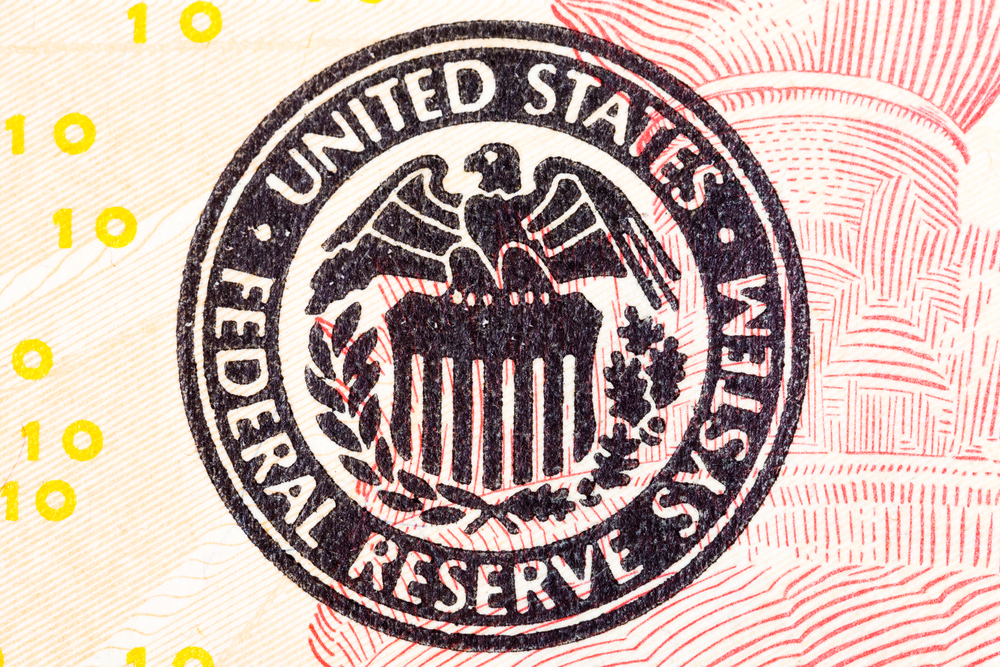This article is only available to Macro Hive subscribers. Sign-up to receive world-class macro analysis with a daily curated newsletter, podcast, original content from award-winning researchers, cross market strategy, equity insights, trade ideas, crypto flow frameworks, academic paper summaries, explanation and analysis of market-moving events, community investor chat room, and more.
Summary
- We use machine learning to convert the Federal Reserve’s (Fed) text-heavy Beige Book into a sentiment score.
- The sentiment (-0.27) of the latest Beige Book report (17 January) increased from the sentiment (-0.28) of the last report (29 November).
Market Implications
- The Beige Book report is consistent with continued growth close to potential and stable inflation.
- On balance, Dominique still expects a 50bp cut at the March FOMC meeting.
Here are the key points from the overall summary of economic activity:
- Most of the twelve Federal Reserve Districts reported little or no change in economic activity since the prior Beige Book period.
- Of the four Districts that reported a change, three reported modest growth and one reported a moderate decline.
- Consumers delivered some seasonal relief over the holidays by meeting expectations in most Districts and by exceeding expectations in three Districts, including in New York, which noted strong holiday spending on apparel, toys, and sporting goods.
- In addition, seasonal demand lifted airfreight volume from e-commerce in Richmond and credit card lending in Philadelphia.
- Several Districts noted increased leisure travel, and a tourism contact described New York City as bustling.
- Contacts from nearly all Districts reported decreases in manufacturing activity.
- Districts continued to note that high interest rates were limiting auto sales and real estate deals; however, the prospect of falling interest rates was cited by numerous contacts in various sectors as a source of optimism.
- In contrast, concerns about the office market, weakening overall demand, and the 2024 political cycle were often cited as sources of economic uncertainty.
- Overall, most Districts indicated that expectations of their firms for future growth were positive, had improved, or both.
Here is a summary of the latest developments from our sentiment index:
- Richmond (-0.38, previously: -0.05) has seen the largest drop in sentiment compared to the last report.
- Cleveland (0.45, previously: -0.43) has seen the largest increase in sentiment compared to the last report.
- Atlanta, Dallas, and Richmond have the lowest sentiment.
- Minneapolis, Cleveland, and Philadelphia have the highest sentiment.
What Is the Macro Hive Beige Book Sentiment Score?
In machine learning, one way to navigate a sea of text and audio-based information is with natural language processing (NLP) techniques. The goal of NLP is to understand textual data to contextualise and extract useful information within it. One application of NLP is sentiment analysis. Sentiment analysis aims to classify whether the opinion expressed in a text is positive or negative (or neutral).
We focus on the Beige Book and derive a sentiment score by looking at the proportion of positive and negative words in each report. We calculate a raw sentiment score at a district level. Then we aggregate (equally weighted district-level average followed by smoothing and detrending) these into an overall sentiment index. We can do this in real time as soon as the report is released.


Dalvir Mandara is a Quantitative Researcher at Macro Hive. Dalvir has a BSc Mathematics and Computer Science and an MSc Mathematical Finance both from the University of Birmingham. His areas of interest are in the applications of machine learning, deep learning and alternative data for predictive modelling of financial markets.
(The commentary contained in the above article does not constitute an offer or a solicitation, or a recommendation to implement or liquidate an investment or to carry out any other transaction. It should not be used as a basis for any investment decision or other decision. Any investment decision should be based on appropriate professional advice specific to your needs.)
Enter your email to read this Macro Hive Exclusive
OR
START 30-DAY FREE TRIAL
Already have a Macro Hive Prime account? Log in

